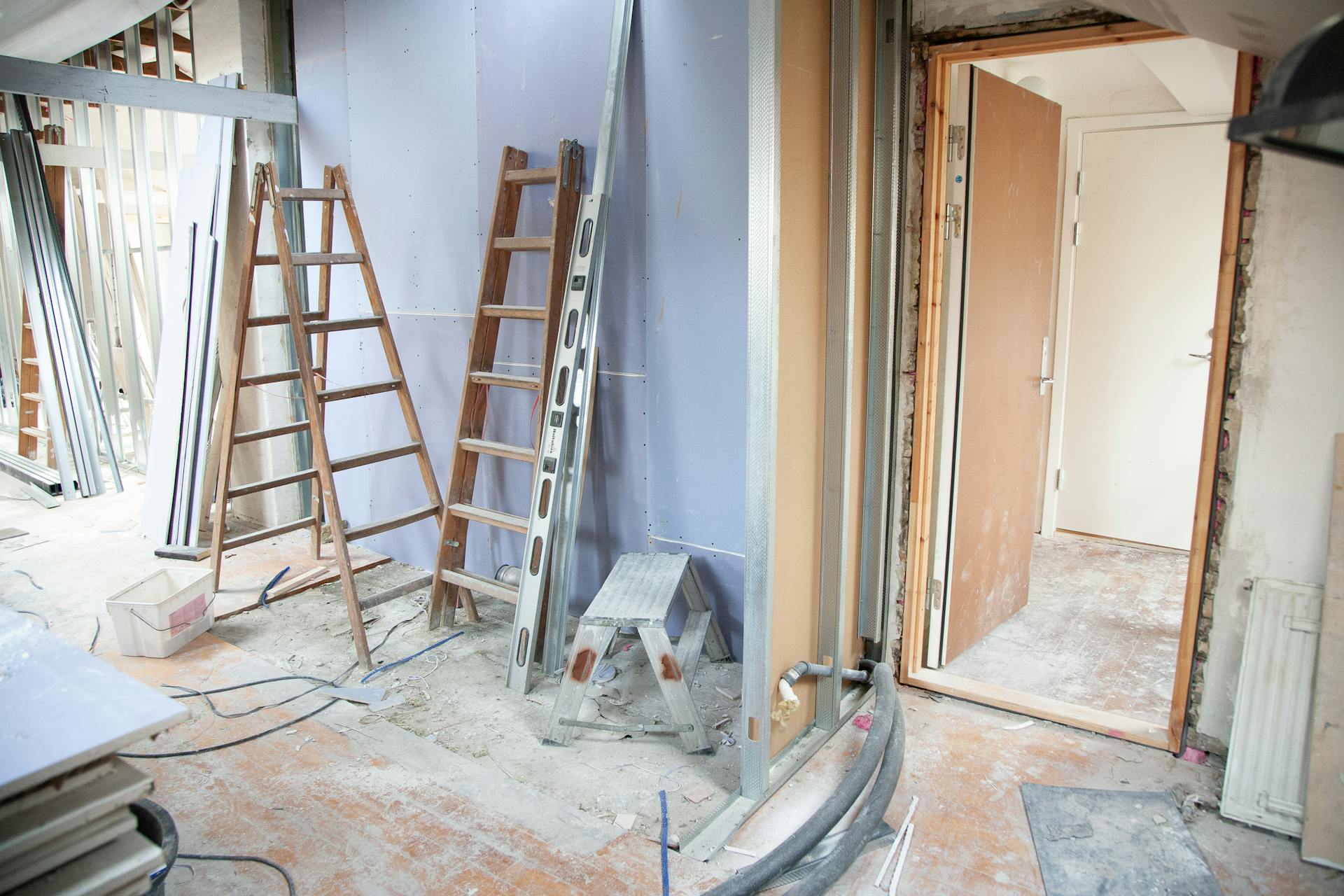

Question: Do I Need To Replace the Ceiling After a Leak?
Answer: You do not always need to replace the ceiling after a leak. Minor leaks often only require patching and repainting after the source is fixed and the area dries. Significant damage, extensive staining, or warping may necessitate replacement.
Assessing Ceiling Damage After a Water Leak
Discovering a water leak in your home can be a stressful experience. Water damage can range from a minor inconvenience to a major structural issue. One common question homeowners face after a leak is: “Do I need to replace the ceiling after a leak?” The answer, unfortunately, isn’t a simple yes or no. Several factors influence this decision, from the extent of the water damage to the type of ceiling material affected.
Factors Influencing Ceiling Replacement
Assessing the need for ceiling replacement involves considering several key elements. A thorough inspection will help determine the best course of action.
Extent of Water Damage
The amount of water absorbed by the ceiling plays a crucial role. A small leak that dries quickly might only require minor repairs, such as patching and repainting. However, significant water saturation can weaken the ceiling structure, leading to sagging, cracking, and potential mould growth. In such cases, replacement becomes necessary.
Ceiling Material
Different ceiling materials react differently to water. Drywall, a common ceiling material, is particularly susceptible to water damage. It absorbs water readily, leading to warping, staining, and disintegration. Plaster ceilings, while more water-resistant, can still suffer damage if exposed to prolonged moisture. Textured ceilings, like popcorn ceilings, might conceal water damage initially, making a thorough inspection critical.
Presence of Mould
Mould growth is a serious health concern. Any signs of mould on the ceiling necessitate professional remediation. Mould often indicates significant water damage within the ceiling structure, potentially requiring complete replacement to ensure a safe and healthy environment.
Click here for more information on what is my house worth Orangeville, Ontario
Related Article: What is the Difference Between Renovation and Remodel?
Related Article: When Not To Renovate a House?
Repairing vs. Replacing Your Ceiling
Once you’ve assessed the damage, you can decide whether repair or replacement is the best option. Minor damage might be repairable, while extensive damage necessitates replacement.
Repairing Minor Ceiling Damage
Small leaks that cause minimal damage might only require patching and repainting. You can cut out the damaged section of drywall, replace it with a new piece, and then blend the repair with the surrounding ceiling. This is a cost-effective solution for minor issues.
Replacing a Damaged Ceiling
Significant water damage, structural instability, or pervasive mould growth often requires complete ceiling replacement. While more expensive than repair, replacement ensures a safe and structurally sound ceiling. It also provides an opportunity to update the ceiling’s appearance with new materials or finishes.
Seeking Professional Help
While some minor repairs might be manageable for DIY enthusiasts, it’s often advisable to consult with professionals, especially for extensive damage or suspected mould.
Water Damage Restoration Specialists
These professionals have the expertise and equipment to assess the damage, dry the affected area thoroughly, and recommend the best course of action, whether it’s repair or replacement. They can also address any underlying plumbing issues that caused the leak.
Mould Remediation Experts
If you suspect mould, contact a qualified mould remediation specialist. They will safely remove the mould, ensuring your home is safe and healthy.
Contractors and Builders
For ceiling replacement, consider hiring a qualified contractor or builder. They can handle the demolition, installation, and finishing of the new ceiling, ensuring a professional and long-lasting result.
Insurance Considerations
Check your homeowner’s insurance policy to see if water damage and ceiling replacement are covered. Document the damage thoroughly with photos and videos, and contact your insurance provider to file a claim.
Conclusion
Determining whether to replace a ceiling after a leak requires careful assessment of the damage, ceiling material, and potential mould growth. While minor damage may be repairable, extensive damage often necessitates replacement to ensure safety and structural integrity. Consulting with professionals, such as water damage restoration specialists, mould remediation experts, and contractors, provides valuable guidance and ensures proper repairs or replacement. Remember to document the damage and contact your insurance provider to explore potential coverage options. By taking these steps, you can address the issue effectively and restore your ceiling to its pre-leak condition, or even better. [ 1 ]
References
1. https://www.homedepot.com/c/ah/how-to-repair-a-water-damaged-ceiling/9ba683603be9fa5395fab90154a4f56d/


